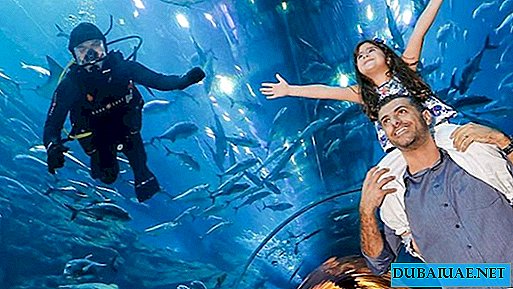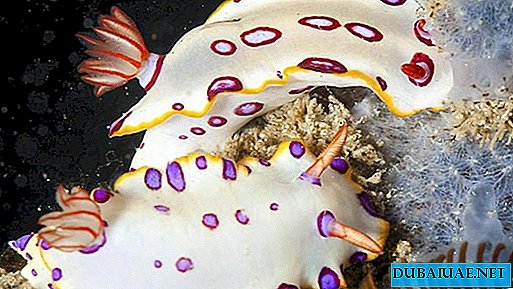Scientists have discovered in the UAE waters an increase in the population of mollusks that are not typical for this area.

Scientists have recorded in the water area of the Emirates an increase in the population of mollusks of the nudibranch order, the distribution of which is not characteristic of the UAE.
Nudibranchs are jelly-shaped mollusks that live in oceans around the world: from the Arctic to the seas of more moderate latitudes. As a rule, the largest species of mollusks are found near shallow, warm water reefs, but scientists have found individuals at a depth of 2500 meters, where even light does not penetrate.
Seeing these plain, oblong little bodies with bright stripes of the craziest colors, it may seem to many that these creatures are from another planet. And part of it is true.
A huge population of nudibranchs lives in the Persian and Oman gulfs: about 300 species are found in the waters of the UAE, which makes up 10% of the 3000 species known to science today.
Only over the past 10 years, nudibranchs have been found in the coastal waters of the UAE, the distribution area of which was previously typical only for the waters of Malaysia and Zanzibar.
Despite the fact that the issue of getting these animals into the water of the Emirates is still being studied, scientists believe that the UAE ports, the busiest in the world, contributed to the "alien invasion".
"This is a unique invasive species. Nudibranchs spread through the waters in the form of pelagic eggs. There are many ships in the UAE, carrying a huge number of nudibranchs in ballast waters," said Dragan Petkovich, founder of the civilian scientific organization UAE Branchers.
The roe of these hermaphrodite animals can be attached to the ballast compartments, which are discharged when the ships land at the port of the UAE. In this way, nudibranchs can travel thousands of kilometers before entering the Emirates.
Heiko Syme, a member of the group, spent a lot of time underwater, studying the “butterflies of the sea,” as he calls them.
"We managed to find some individuals that were previously known only in Japan - nudibranchs have come a long way. How they got into the UAE is an interesting question. Perhaps they are part of the world's ocean plankton," Mr. Seym said, referring to distribution of animals along ocean currents, changing their direction depending on sea temperature.











